Hey there,
As the temperatures drop and the days grow shorter, it’s time to prepare your garden for the cold months ahead. Proper winter preparation is crucial for ensuring the health and longevity of your plants, garden beds, and overall garden structure. Not only does it protect your hard work from the harsh winter conditions, but it also sets the stage for a thriving garden come spring. In this comprehensive guide, we’ll walk you through the essential tips and tricks to prepare your garden for winter, covering everything from protecting perennials to maintaining garden decor.
This article won’t be full of pretty photos, it might be time-consuming to read, but you’ll get plenty of suggestions on how to prepare your garden for winter.
This site contains affiliate links. I may earn a small commission, at no extra cost to you. I’d appreciate it if you can support me.
Winterizing your garden might seem hard, but it has a long-term reward. By taking the time to prepare, you can prevent soil erosion, protect delicate plants, and reduce the chances of pest and disease outbreaks. Additionally, a well-prepared garden will require less maintenance in the spring, allowing you to enjoy a more vibrant and healthy landscape.
Let’s go step by step, and look at the tasks:
1. Assessing Your Garden’s Needs
Taking Inventory: Understanding What Needs Protection
Before we dive into winter preparations, it’s important to take inventory of your garden. Identify which plants are most vulnerable to cold weather and need extra protection. Perennials, delicate shrubs, and container plants are typically the most at risk. Write a list of these plants and prioritize their care.
Evaluating Plant Health: Identifying Vulnerable Species
Take a close look at the health of your plants. Healthy plants are more likely to survive winter conditions, so remove any diseased or weak plants to prevent the spread of problems. This is also a good time to trim any dead or damaged foliage, allowing the plant to focus its energy on surviving the winter.
2. Cleaning Up the Garden
Clearing Debris: The First Step to Winter Preparation
Start by clearing away any garden debris, such as fallen leaves, dead plants, and spent annuals. This helps to prevent mold and pests from taking hold in your garden. Use a rake or garden blower to gather debris into compost piles.
Dealing with Weeds: Preventing Spring Problems Now
Weeds can be a major issue if left unattended over winter. Pull out any weeds you find, and make sure to remove the roots to prevent regrowth. This will make spring gardening much easier and reduce competition for your plants.
Removing Annuals: Making Way for Next Year’s Growth
Annual plants complete their life cycle in one year, so it’s best to remove them after they’ve died off. This clears space for next year’s plantings and helps your garden look tidy.
3. Protecting Perennials
Insulating Plants: Using Mulch, Leaves, and Straw
Perennials need extra protection to survive the winter. Apply a layer of mulch, leaves, or straw around the base of the plants to insulate the roots and keep the soil temperature stable. This is particularly important for tender perennials and bulbs.
Wrapping Delicate Shrubs: Materials and Techniques
Delicate shrubs (for ex. Hydrangea) can suffer from frost damage, so consider wrapping them with burlap or garden fabric. This provides an extra layer of protection against harsh winds and freezing temperatures. Be sure to secure the material loosely to allow for airflow.
Watering Practices: Ensuring Adequate Moisture Before the Freeze
Watering your garden thoroughly before the ground freezes is crucial. Moist soil retains heat better than dry soil, providing additional protection for your plants. However, avoid overwatering, as excess water can lead to root rot.
4. Caring for Trees and Shrubs
Pruning Guidelines: What to Cut Back and What to Leave
Pruning trees and shrubs helps to promote healthy growth and prevent damage from snow and ice. Remove any dead, diseased, or damaged branches, but avoid heavy pruning as this can stimulate new growth that won’t survive the winter.
Protecting Bark: Preventing Winter Damage
Young trees and shrubs are particularly vulnerable to winter damage. Protect their bark by wrapping the trunks with tree guards or burlap. This prevents cracking and reduces the risk of pest infestations.
Root Care: Adding Mulch for Extra Insulation
In severely frozen winters, add a layer of mulch around the base of trees and shrubs to insulate the roots and conserve moisture. This helps prevent soil erosion and prevents the roots from freezing.
5. Winterizing Your Lawn
Late Fall Fertilization: Giving Your Lawn a Nutrient Boost
Fertilizing your lawn in late fall provides essential nutrients that will be stored in the roots and used for early spring growth. Choose a fertilizer high in potassium to strengthen the grass and improve its resilience.
Aeration Tips: Why and How to Aerate Before Winter
Aerating your lawn before winter helps to improve soil drainage and reduce compaction. This allows air, water, and nutrients to reach the roots more effectively. Use a garden fork or aerator tool to create small holes throughout the lawn.
Raking Leaves: Preventing Mold and Thatch Build-Up
Rake up fallen leaves regularly to prevent them from smothering the grass and causing mold or thatch build-up. You can compost the leaves or use them as mulch for garden beds.
6. Preparing Garden Structures
Greenhouse Maintenance: Ensuring Your Plants Stay Warm
If you have a greenhouse, it’s time to clean and repair it. Check for any broken glass or gaps that could let in cold air. To keep your plants warm throughout the winter, check the heating system is working properly.
Cleaning and Storing Tools: Preventing Rust and Wear
Clean and store your gardening tools properly to prevent rust and wear. Sharpen blades, oil moving parts, and store them in a dry, sheltered place. This will extend the life of your tools and make them ready for spring.
Draining and Storing Hoses: Avoiding Winter Damage
Drain and store garden hoses to prevent them from freezing and cracking. Disconnect hoses from faucets, drain any remaining water and store them in a shed or garage.
7. Composting in Winter
Setting Up a Winter Compost Bin: Tips and Tricks
Composting doesn’t have to stop in winter. Set up a winter compost bin in a sheltered location, such as a garage or shed. Use a bin with good insulation and ventilation to keep the composting process active.
What to Compost in Winter: Best Practices
Add kitchen scraps, coffee grounds, and shredded paper to your compost bin. Avoid adding large amounts of wet materials, as they can freeze and slow down decomposition. Balance green and brown materials for optimal composting.
If you need detailed information about composting, read my article about it here: Composting for beginners – How to start composting? | Bloom and Boughs
Keeping Compost Active: Insulation and Turning
Insulate your compost bin with straw bales or blankets to retain heat. Turn the compost regularly to keep it aerated and active. If the compost freezes, don’t worry – it will resume decomposing once temperatures rise.
8. Protecting Container Plants
Choosing the Right Containers: Materials That Withstand the Cold
Choose containers made of materials that can withstand freezing temperatures, such as fiberglass, plastic, or wood. Avoid using ceramic or terracotta pots, which can crack when exposed to frost.
Grouping and Insulating Pots: Techniques for Added Warmth
Group container plants together to create a microclimate that retains heat. Wrap the pots (not the plants!) with bubble wrap or burlap for extra insulation. Place them against a south-facing wall for additional warmth.
Bringing Plants Indoors: Transition Tips
Bring tender container plants indoors before the first frost. Gradually acclimate them to indoor conditions by placing them in a cool, bright room for a few days before moving them to their final location.
9. Indoor Gardening for Winter
Best Indoor Plants for Winter: Herbs and Houseplants
You can continue gardening indoors with herbs and houseplants. Popular indoor herbs include rosemary, lavender, and basil. Houseplants like succulents, spider plants, and pothos thrive indoors during winter.
Here you can find more easy-care houseplants: Low-Maintenance Plants: The best 10 houseplants with Minimal Watering | Bloom and Boughs
Setting Up a Grow Light System: DIY Guide
Set up a grow light system to provide adequate light for your indoor plants. Choose LED grow lights for energy efficiency. Position the lights 6-12 inches above the plants and run them for 12-16 hours a day.
If you want to choose houseplants for dark rooms, you can read this article: 10 Houseplants That Thrive in Low Light or Dark Rooms | Bloom and Boughs
Indoor Gardening Maintenance: Watering and Fertilizing Tips
Water indoor plants sparingly during winter, as they need less moisture than in the growing season. Use a humidity tray or mist the plants to maintain humidity. Fertilize once a month with a balanced, water-soluble fertilizer.
10. Maintaining Garden Aesthetics and Decor
Adding Winter Interest: Evergreens, Berries, and Bark
Add winter interest to your garden by planting evergreens, berry-producing shrubs, and trees with attractive bark. Holly (Ilex sp), winterberry (Ilex verticillata), and red twig dogwood (Cornus spp.) are excellent choices for adding color and texture.
Seasonal Decor: Using Natural Elements for Garden Beauty
Incorporate natural elements like pinecones, branches, and dried flowers into your garden decor. Create seasonal displays with wreaths, garlands, and planters to enhance the garden’s aesthetic during winter.
Lighting Tips: Illuminating Your Winter Garden
Use outdoor lighting to highlight key features in your garden. String lights, solar lanterns, and spotlights can create a warm and inviting atmosphere. Place lights strategically to illuminate pathways, trees, and garden structures.
11. DIY Projects and Homemade Solutions
Crafting Plant Protectors: DIY Cloche and Cold Frames
Create DIY plant protectors using old windows, plastic bottles, or PVC pipes. Build cloches and cold frames to shield plants from frost and extend the growing season. These homemade solutions are cost-effective and easy to construct.
Homemade Mulch and Fertilizers: Cost-Effective Solutions
Make your own mulch and fertilizers using kitchen scraps, yard waste, and other organic materials. Shred fallen leaves to create mulch, and brew compost tea for a nutrient-rich fertilizer. These DIY solutions are budget-friendly and environmentally sustainable.
Building Simple Garden Structures: Supports and Shelters
Construct simple garden structures like trellises, plant supports, and shelters using reclaimed wood or bamboo. These structures provide support for climbing plants and offer protection from harsh weather.
12. Cost-Saving Tips and Budget-Friendly Options
Reusing and Recycling: Sustainable Gardening Practices
Adopt sustainable gardening practices by reusing and recycling materials. Use old containers, repurpose household items, and recycle garden waste to minimize costs and reduce environmental impact.
If you need ideas on repurposing household items, read my articles: Repurposing Household Items as Planters: A Green DIY Adventure | Bloom and Boughs and Start Repurposing – 10 Creative DIY Planters Using Items You Already Have! | Bloom and Boughs
Budget-Friendly Materials: Affordable Mulch and Compost
Opt for affordable materials like straw, wood chips, and homemade compost for mulching and soil amendment. These budget-friendly options provide essential nutrients and protection for your garden.
Thrifty Tools: Making the Most of What You Have
Maximize the use of your existing tools by maintaining them properly. Clean, sharpen, and store tools correctly to extend their lifespan. Borrow or share tools with neighbors to save money and resources.
Conclusion
Preparing your garden for winter involves lots of tasks, from protecting perennials and container plants to maintaining garden structures and composting. You can ensure your garden’s survival through the cold months and set the stage for a successful growing season in spring by following these tips.
And here is my advice for you: Accept the Seasonal Cycle!!
Winter preparation is an integral part of the gardening cycle. Accept this season as an opportunity to care for your garden and plan for the future although it’s exhausting and sometimes boring. But with proper preparation, you’ll enjoy a thriving and beautiful garden year-round. Happy gardening!
The photos have been collected from Pinterest and/ or Instagram. I am not the owner of these photos, if it’s yours and you can provide me with a link to your work, I am more than happy to properly credit your work. If you wish your photo to be removed, please let me know which one is the one that you own and wish to be removed.


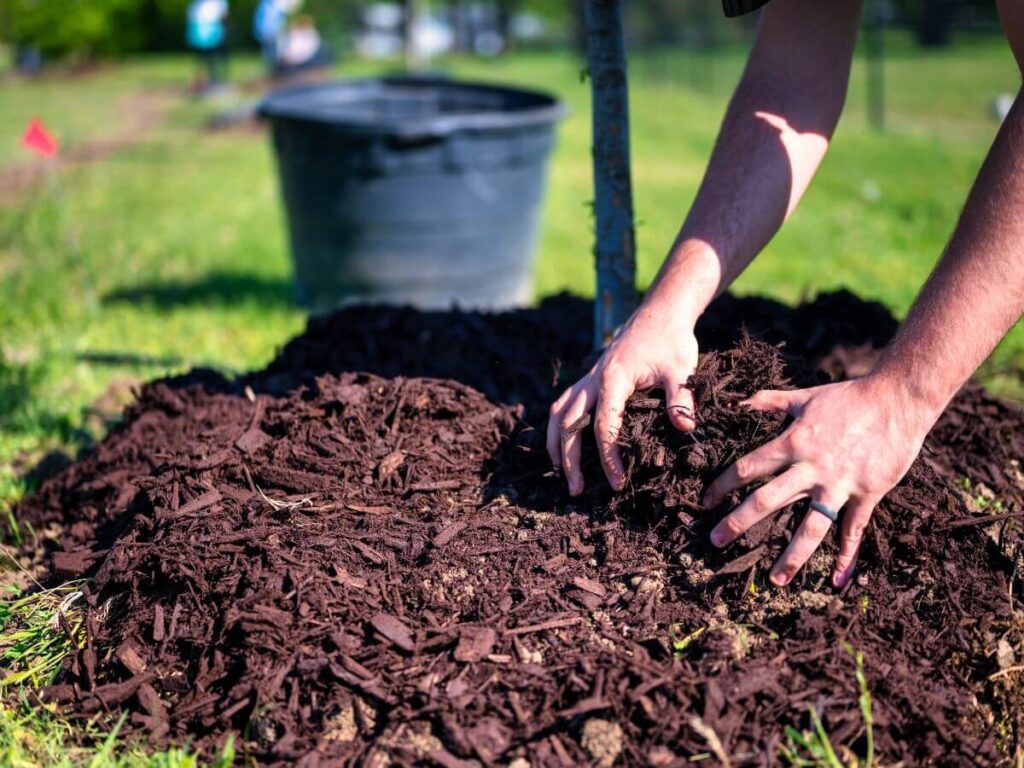
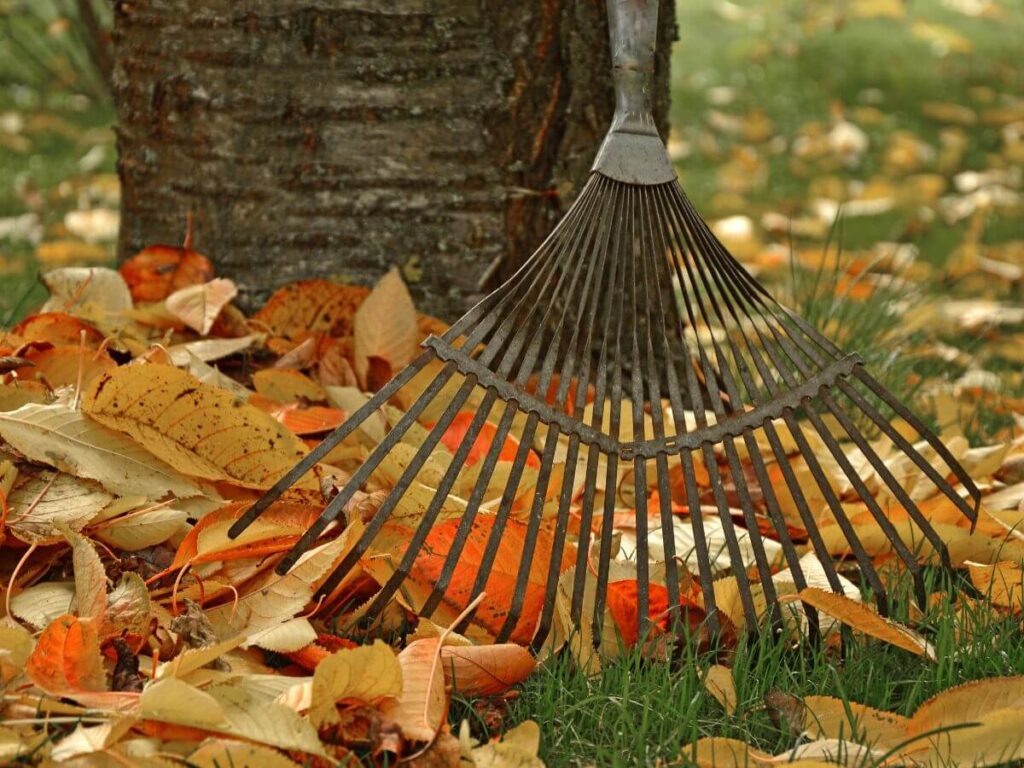
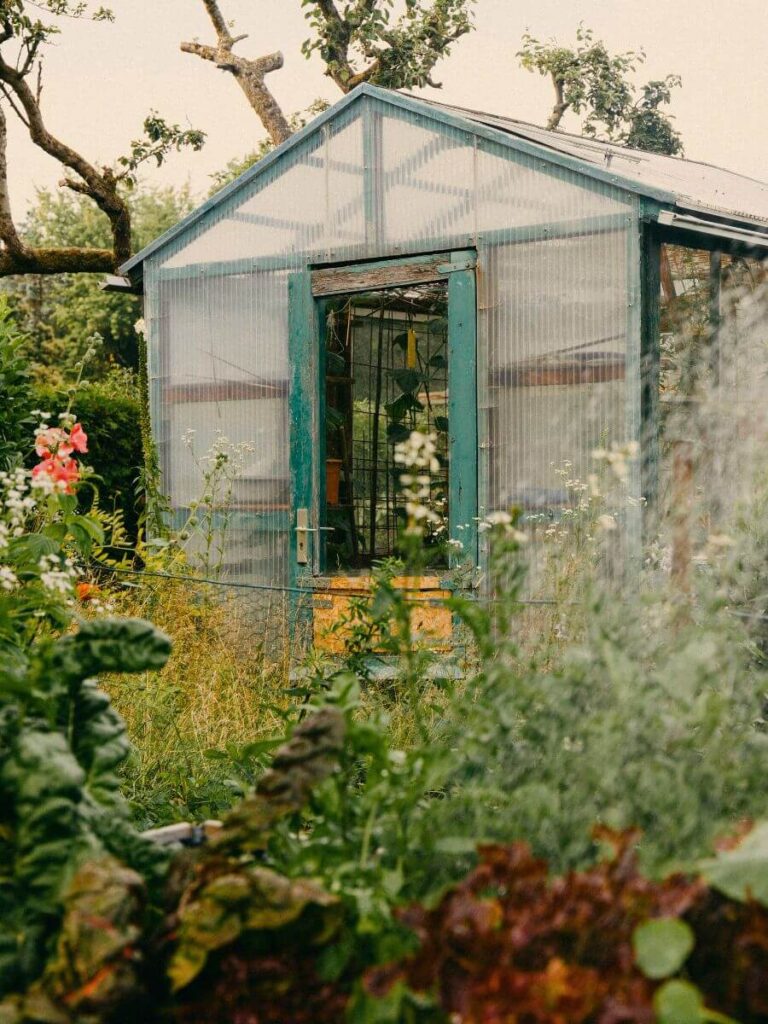
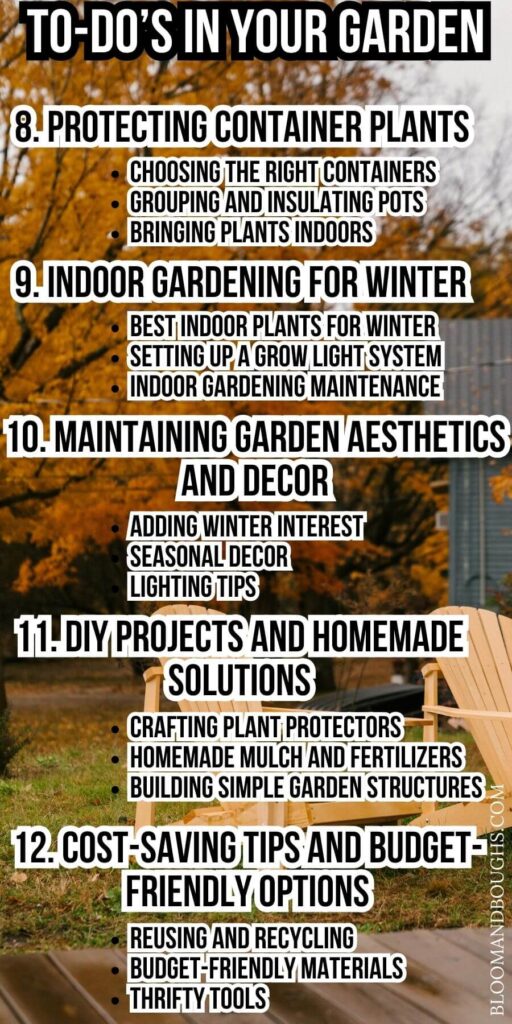




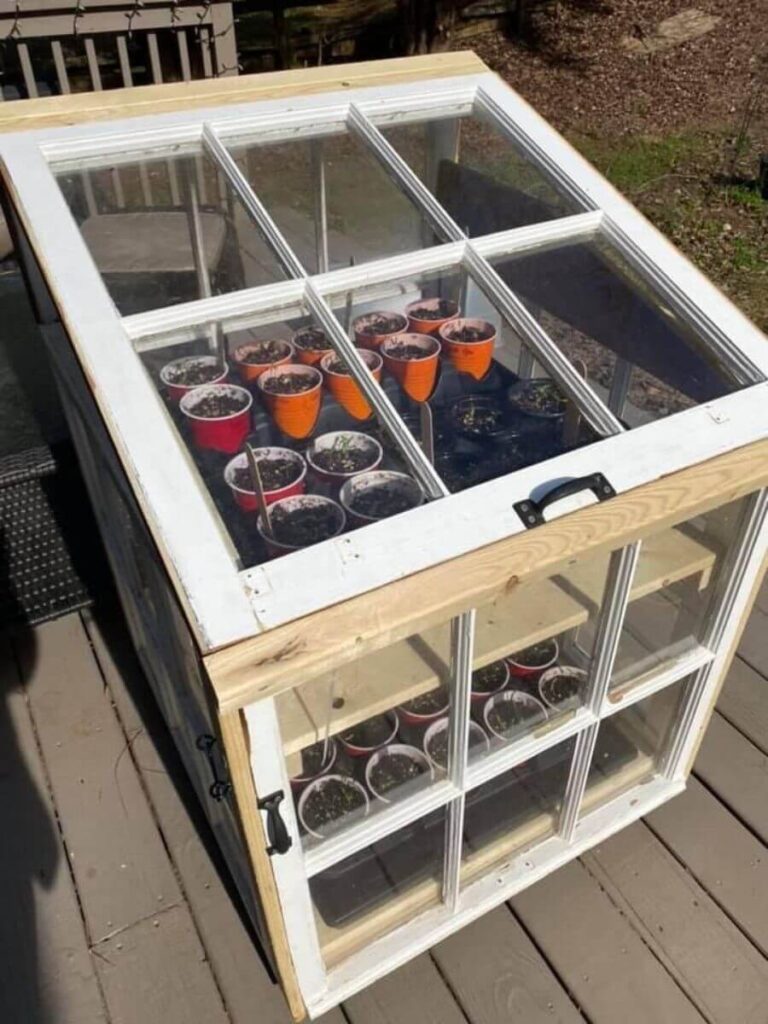

0 Comments